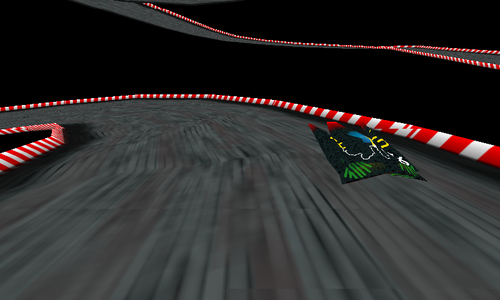Remota log viewer with UI action log at the bottom
If you are interested in seeing how this looks, or if you would like to help to comment on the usability issues and find improvement ideas, please feel free to click through the videos below, which have now been uploaded:
User 3: Task 1, Task 2, Task 3, Task 4, Task 5, Task 6, Task 7, Task 8 (1st try), Task 8 (2nd try), Task 9, Task 10, Task 11
User 4: Task 1, Task 2, Task 3, Task 4, Task 5, Task 6, Task 7 (1st try), Task 7 (2nd try), Task 8, Task 9, Task 10, Task 11
Unfortunately, user 4's logging output had problems, so you only have audio and video for these tasks - for users 1 through 3 we also have logging output about UI interactions, which was possible by patching the gPodder source to add additional handlers to buttons and other UI elements while the UI was created on application startup.
Please feel free to add comments to the videos - Jarkko is going to process them and include the finding in his final work, so that would be an easy way to contribute.



